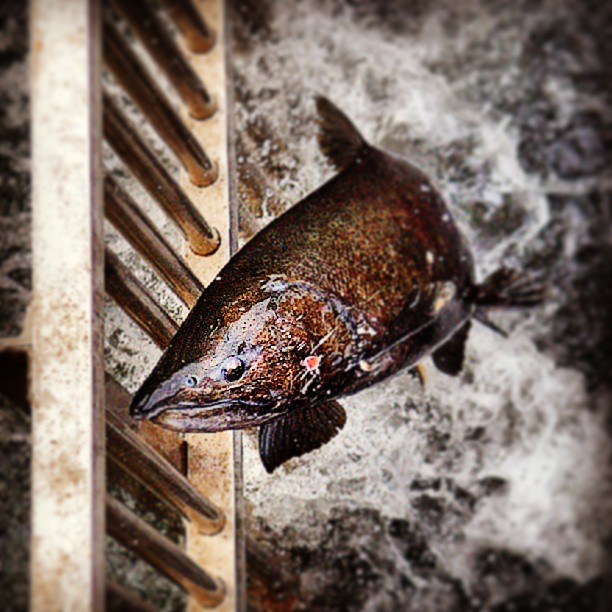The Sacramento suburb of Folsom is imposing a mandatory 20 percent cut in water use as the dry winter continues and as the city’s main source of water – Folsom Lake – is 22 percent of capacity.
“This low water level, combined with critically dry weather conditions, necessitates immediate action to conserve water and protect our water supply,” says Folsom City Manager Evert Palmer.
Folsom is the first Central Valley city to impose such restrictions during the current dry spell.
Mandatory water use restrictions for businesses and residences limit landscape watering to two designated days per week; prohibit washing of parking lots, streets, driveways or sidewalks; and prohibit use of city water for construction purposes such as dust control, compaction or trench jetting without approval.
“During cold winter months, landscapes need very little water, making this an easy time of year to achieve significant water savings,” says Folsom Environmental and Water Resources Director Marcus Yasutake. “Approximately 60 percent of the water used by a typical Folsom family is directed to landscape. We’re encouraging residents to turn off sprinklers to conserve water. An added benefit will be significant savings on water bills.”
Those who choose to water are restricted to two days per week and asked to avoid excessive watering that runs off onto sidewalks, street and gutters.
More at CentralValleyBusinessTimes.com >>>

